Sikkim – Culture and Tradition
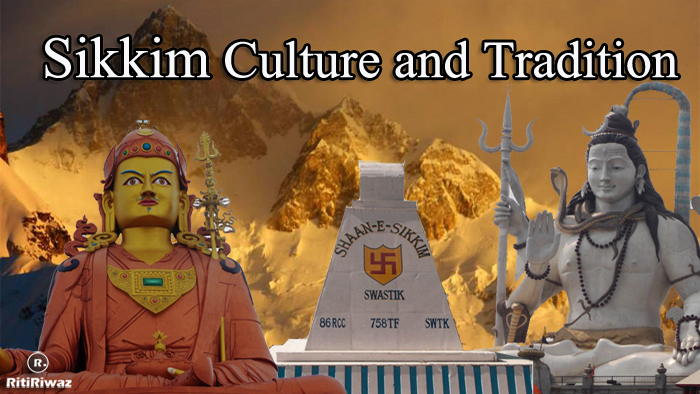
The second smallest state Sikkim is located in the northeastern part of India. It is bordered by China to the north and east, Bhutan to the east, Nepal to the west, and West Bengal to its south. Gangtok is the capital of this state. Kanchanjunga is also found here, the largest mountain in our country and the third-largest mountain in the world. You can view the Himalayas’ beauty at its peak here. About 30 percent of the state is surrounded by Kanchanjunga National Park.
Sikkim’s ethnic communities and sub-communities have their own language and diverse art, literature, rituals, culture, and dances. Sikkim has a rich animistic ritual, which forms a major part of the local medicinal system and the Government encourages people in preserving traditional healing practices.
Though Sikkim is in the North-East part of the country it is not part of the Seven Sister States. The state is famous for its stunning waterfalls, untouched wilderness, Tibetan-style Buddhist gompa, tall grassy meadows, and a variety of flowers. The weather of Sikkim remains pleasant throughout the year and due to this, a large number of tourists like to visit Sikkim throughout the year.
History
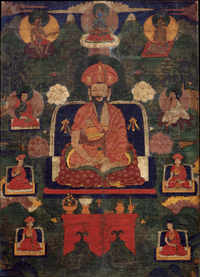
In the 17th century, the Namgyal dynasty established the state of Sikkim on the Silk Road. At that time this kingdom was ruled by a king named Chogyal. This state was captured by the British in the year 1890. But after 1947, this state started counting as the independent state of India. Of all the states in the Himalayas, this is the highest literacy rate and the highest per capita income rate.
In 1975, the Indian Army ended the ongoing monarchy in this state. It was incorporated in India on the basis of public opinion in 1975 and since then it became the 22nd state of India.
Not only one or two features of this state, but many special things related to this state. The first and most important thing is that cardamom is produced in this state in India. Sikkim is the second-largest producer of spices in the world after Guatemala.
Another special thing about this small state is that it is the first state in the country to fully adopt organic farming. That is, the farming that is done here is completely safe and it does not harm the environment. Another thing this state has done well for protecting the environment is that no one uses a plastic bottles here. Not a single plastic bottle is seen anywhere in the entire state.
Language
This state has people of many sects and people speaking different languages. Sikkim has 11 official languages, including Nepali, Magar, Sikkimi, Tamang, Limbu, Lepcha, Newari, Rai, Gurug, Sunwar, and English. The English language is taught in all schools and the English language is also used in all government papers.
Religion
People of Hindu and Vajrayana Buddhism are seen in large numbers here. About 57.8 percent of people follow Hinduism. And 27.3 percent of people follow Vajrayana Buddhism and it is the second-largest religion in the state.
Here all the people of the Christian religion are heirs of the Lepcha dynasty and they were forced by the British to convert religiously. It is 10 percent of the total population. As of 2014, the Evangelical Presbyterian Church is the largest church in Sikkim. Here some people of Muslim religion and Jainism live and it is only 1 percent of the total population.
Culture
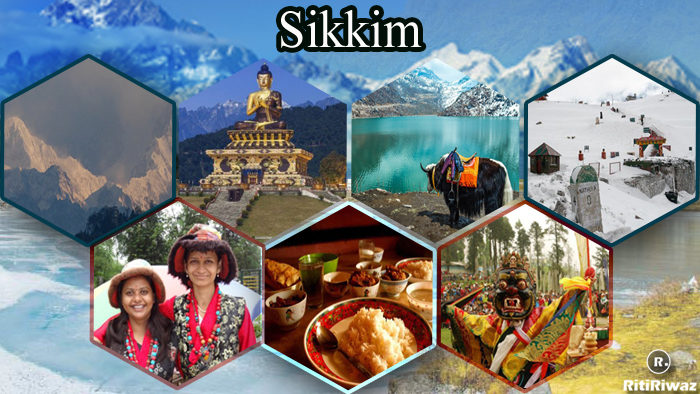
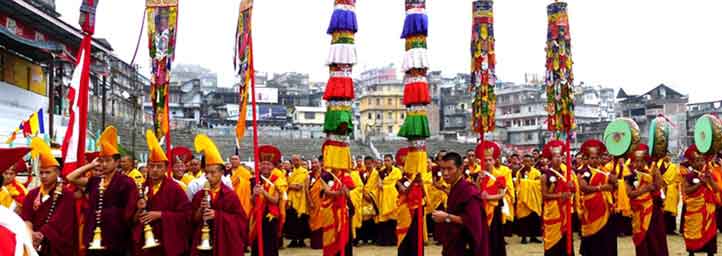

Sikkim state has the lowest population in the country, it is the land of manifold tribes and races of people living together with each tribe having its unique features. Nepalese people (75%), Lepcha (20%), and Bhutias and Limbus religions are also found here in small numbers. The first people to enter this state were Lepchas. In the 13th century, Bhutia people from the Kham region of Tibet brought together the Mahayana cult of Buddhism. The last to come to Sikkim was the Nepali people and they came in the 19th century. Combining the culture of the three people, we get to see the new culture of Sikkim today.
Nepali is also the language of this state and most people speak this language. A word called Sukhim means ‘happy family, place of peace’ and this state has been named Sikkim with this Sukhim word. Despite the high number of people following Hinduism, the influence of Buddhism is also found here to a large extent.
Suggested Read: Culture and Tradition of Indian States
Cuisine
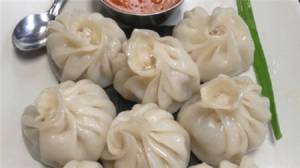
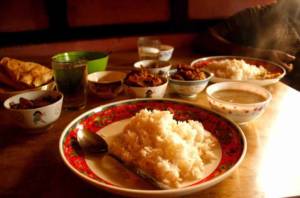
The staple food of the Sikkim is rice. Aside from that, dairy, meat, and fermented foods are also part of their diet. Sikkim cuisines are a mix of 3 cultures found in the cuisine of Sikkim – Nepal, Tibet, and Sikkim and that is why the flavors here are liked by anyone’s test buds. Sikkim and Momo are incomplete without each other.
The momos found in Sikkim are so tasty that maybe you have never eaten momos so tasty all your life. Momo, considered to be of Tibetan origin, is the lifeline of Sikkim. They are prepared with virtually any combination of vegetables, paneer cheese, soft chhurpi, local cheese, vegetable, and meat combinations.
Thukpa is a kind of noodle soup that originated in Tibet and has now become one of the most liked foods of Sikkim. Phagshapa is a dish made from pork, so if you like pork then you will like this dish. Gundruk is the leaves of mustard plant or spinach which are decayed for some days and then allowed to dry in sun and Sinki is made just of the radish taproot. Sha Phaley is a spicy deep-fried, meat-stuffed savory akin to an oversized momo. Sel Roti is a traditional homemade, sweet, ring-shaped rice bread/doughnut which is made of rice flour with adding customized flavors.
Beer, whiskey, rum, and brandy are widely consumed in Sikkim and Tonga which is a millet-based alcoholic beverage that is popular. Sikkim is the third-highest per capita alcoholism rate other than Punjab and Haryana.
Suggested Read: Famous Food Of Indian States
Costume
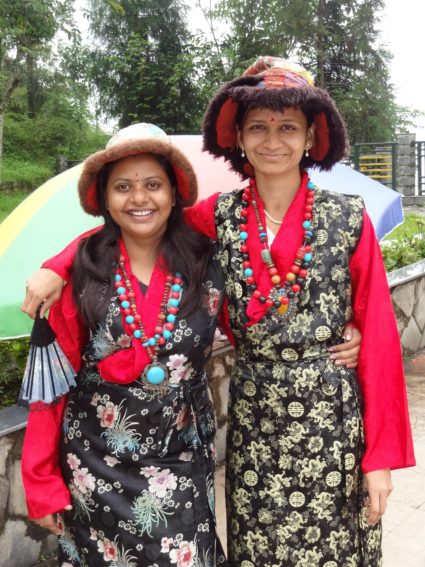
The three major tribes of Sikkim Bhutia, Lepcha, and Nepali have their own traditional dresses. Bhutia tribe is Tibetian in origin the females of this tribe’s traditional wear is known as Bakhu, they have a full-sleeved blouse known as Hanju and a multi-colored designed woolen cloth known as Pangden. Kushen is a jacket they wear above it. Men of the Bhutia tribe wear waistcoats known as jya jya, their shirt is called Yenthatse, and cloth belt is known as Kera. They can be seen wearing a traditional cap known as Shambo.
Lepcha tribe is supposed to have their own dynasty, own King, own Priests, own languages, and also developed their own dresses. Females wear garments known as Dumvam, a loose-fitting blouse Tago and Belt Nyamrek, while a cap called Taro is worn. they cover their head with a scarf known as Gorey. The men of this tribe wear Yenthatse, a kind of a Lepcha shirt with white pajama and an embroidered cap Shambo, Dumpra is a colored cloth they place on their shoulders, while Thyaktuk is the headgear worn during ceremonies.
Nepali tribal females wear Choubandi which is a traditional blouse that is put on with a sari and is made of cotton. While men wear Daura which is a traditional variant of Kurta and Sural which is a comfortable trousers.
Suggested Read: Traditional Dresses Of Indian States
Dance and Music
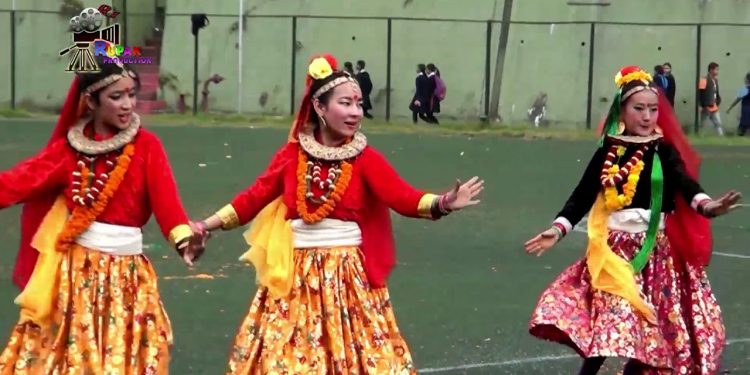
Dance and music are in the inveterate part of the Sikkimese culture. Their tribal dance depicts the harvest season which is accompanied by traditional musical instruments and chanting, and the dancers carry bright costumes and traditional masks. Rechungma, Gha To Kito, Chi Rmu, Be Yu Mista, Tashi Zaldha, Enchey Chaam, Lu Khangthamo, Gnungmala Gnunghey, and Kagyed Dance are some of the popular dance forms.
The mask dance is the most famous dance of Sikkim. This dance is performed during the festival in the Gompa courtyard. In this dance, the movement of his feet is very beautiful and visual. During this dance, the Lam people wear very beautiful colored masks and are fully adorned with ornaments during the dance and their hats also have swords on the other hand drums are played and trumpets are played and all monastic in Ajubaju Standing and singing.
Fair and Festival
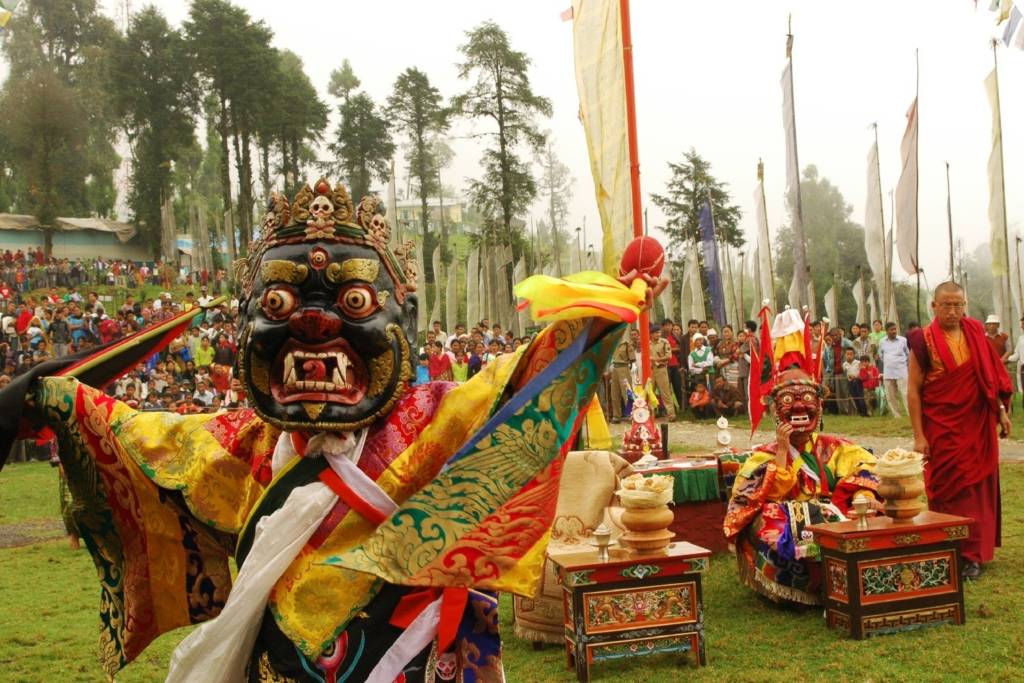
All the people of Sikkim celebrate the birthday of Lord Buddha. Nirvana day of Lord Buddhist is also celebrated here. Apart from this, the new year and harvest festival of Buddhism is also celebrated. While other main festivals celebrated in the state are Maghe Sankranti, Sonam Lochar, Losar, Holi, Ramnawami (Chaite Dasain), Good Friday, Sakewa, Saga Dawa, Id Ul Fitr, Bhanu Jayanti, Drukpa Tshechi, Guru Rinpoche’s Thrungkar Tshechu, Tendong Lho Rum Faat, Janmasthami, Indrajatra, Pang Lhabsol, Durga Puja (Dasain), Lhabab Dhuechen, Teyongsi Sirijunga Sawan Tongnam, Barahimizong, Kagyed Dance, Losoong/Namsoong, Tamu Lochar, Diwali and Christmas.
Art and Craft
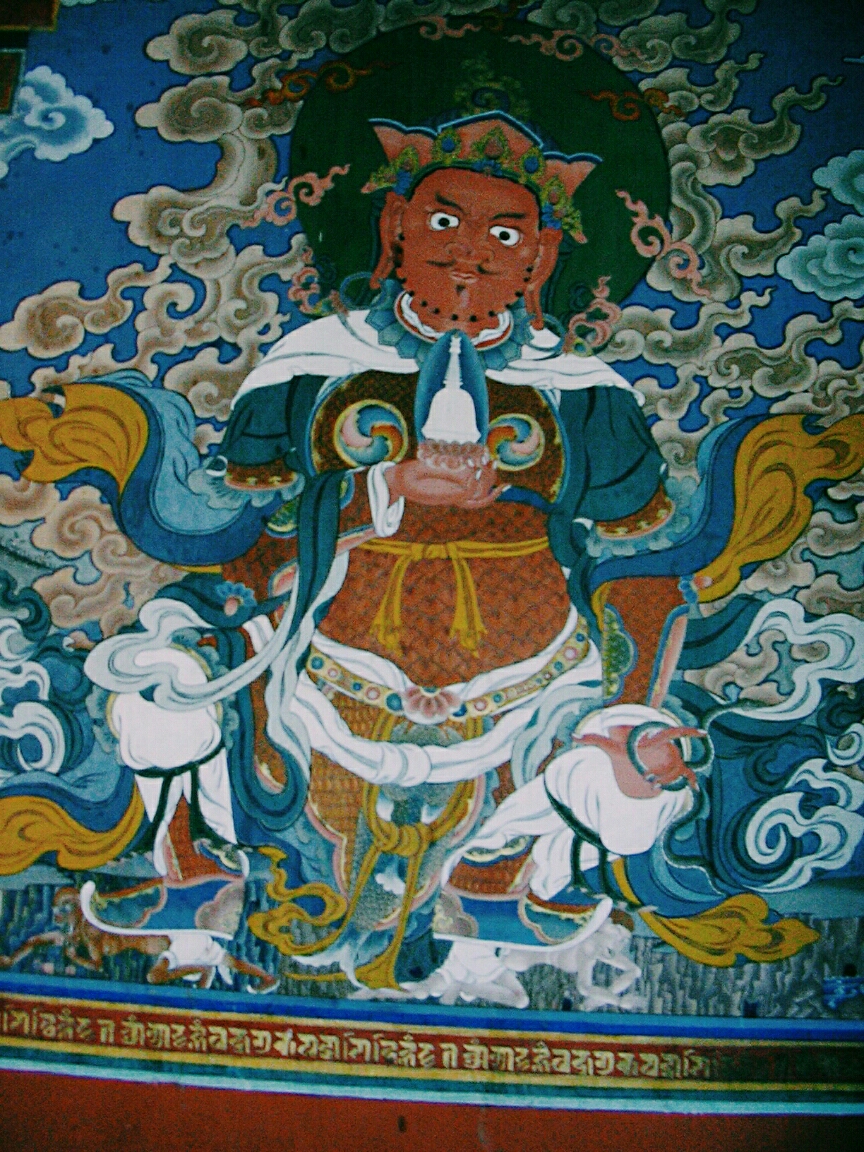
The majority of people of Sikkim live in rural areas and have their own unique and old traditional way of making utility objects. Some of the popular handicraft objects of Sikkim include a choksee table, woolen carpet, canvas wall hanging, thankas delineating paintings on various aspects of the state. Melli, Gangtok, and Namchi are very popular places in Sikkim for handloom products and cottage industries. Cane and bamboo products are very popular. The women of Sikkim are amazing weavers and tourists are attracted because of their excellent craftwork.
Famous People
Baichung Bhutia: Former Indian football player
Sunetra Choudhury: Journalist and star anchor of India news channel NDTV.
Pawan Kumar Chamling: Famous politician and author.
Omi Gurung: Indian Fashion designer
Danny Denzongpa: Actor in Bollywood
Tourism
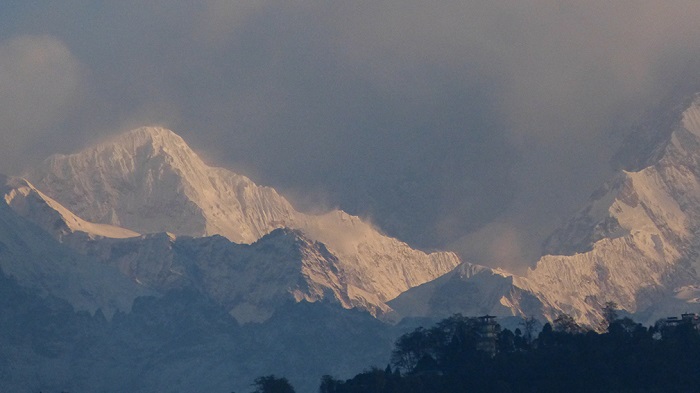
Sikkim is famous for its lush green plants, forests, scenic valleys and ranges, and Avwal cultural heritage, and due to its peace-loving people, the region is a safe haven for tourists. The normal temperature here is around 28 degrees. You can come here from March to June and from September to December. If you want to save from the rain that is here, then it is sensible not to come here during the rainy season.
This small state of India has developed a lot more than the rest of the big states and is going fast on the path of development. Keeping this in mind, a small state like Sikkim has also been included as the fastest-growing state in all the states of our country.
Every state has at least one official language but a small state like Sikkim has not only one official language but a total of 11 official languages. Despite such a small state, there can be 11 languages in this state, and no one can believe it. But we have to accept that this is the truth of this state.
Some of the popular places to visit in Sikkim are.
Tsomgo lake
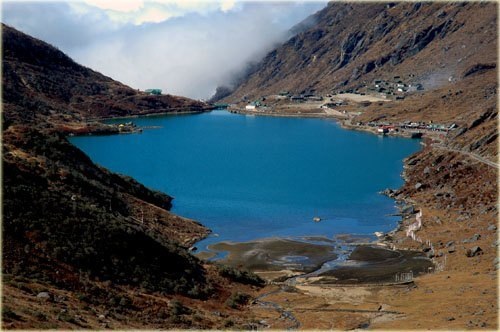
Located at an altitude of 3 thousand 750 meters above sea level, Changgu Lake is 40 km from Gangtok, the capital of Sikkim, which is en route to the Nathu La Pass. The scenic beauty around the lake and the wildflowers that grow here throughout the year make this place one of the best tourist engagements.
Nathu La Pass
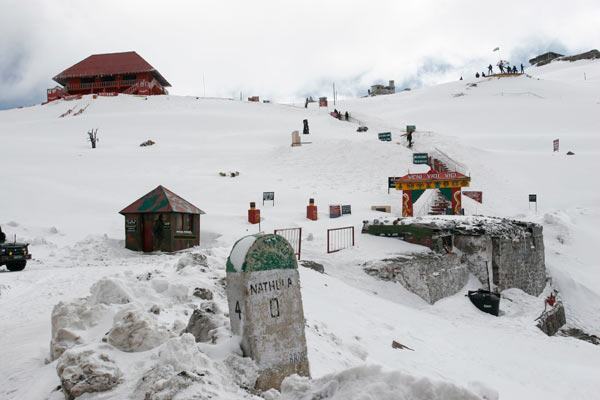
The Nathu La Pass between India and Tibet is situated at an altitude of 4 thousand 200 meters above sea level and the distance from Changgu Lake to Nathu La is about 18 kilometers. It always remains extremely cold at such a height and cold air moves. In such a situation, if you want to avoid mountain sickness, then it should not stop for more than 1 hour. After Nathu La, you can visit North Sikkim, which is the most beautiful place in the whole of Sikkim.
Rumtek Monastery
It is the most famous monastery in Sikkim and every tourist visiting Sikkim is a must-visit here. Rumtek Monastery, 24 km away from Gangtok, the capital of Sikkim, is the headquarters of the Black Hat sect, one of the oldest sects that follow Buddhism. A path leads from here to the Golden Stupa, which is constructed of gold, silver, and precious stones and houses the remains of the 16th Karmapa of Buddhism.
Lachung
From the very beautiful village on the banks of the river Lachung, Lachung which is located at an altitude of 2 thousand 600 meters above sea level is known as the door to reach Yumthang and Zero Point.
Kheechopalri Lake
After going a little further on the Pelling-Yuxom Road, you can reach Lake Kheikopalri, which is considered very sacred by those who believe in Buddhism here as well as Lepcha. This lake falls in the middle of a small valley and is surrounded by dense forests on all four sides. Kheichopalri means Vishing Lake. Although there are tall and dense trees around the lake, the water here is very clean. Khechiopalari Gompa is just 2 kilometers from the lake, from where you get to see the best look of Mount Pandim.
Seven-sisters waterfalls
Seven-Sisters Water Falls is a beautiful tourist spot located on the Gangtok-Lachung Highway in Sikkim. 32 km away from Gangtok, this waterfall attracts tourists.






